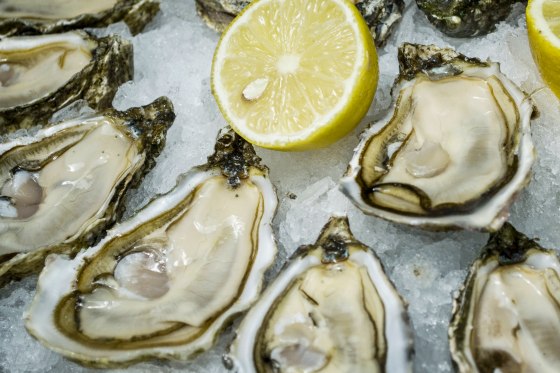Deadly Oyster Threat: A Louisiana Tragedy Highlights the Dangers of Vibrio Vulnificus
Louisiana’s coastal waters, renowned for their succulent oysters, hold a hidden danger: Vibrio vulnificus, a flesh-eating bacterium. This summer has tragically underscored this risk, with a recent surge in infections and fatalities. The latest grim news: two individuals have succumbed to this deadly bacteria after consuming raw oysters.
A Devastating Outbreak
The Louisiana Department of Health announced these fatalities at a recent Louisiana Oyster Task Force meeting. One victim was a Louisiana resident, the other hailed from another state. This brings the total number of Vibrio vulnificus-related deaths in Louisiana this year to four. While these two deaths directly resulted from consuming raw oysters, two others succumbed to the infection through other means. Alarmingly, the state has seen a significant spike in Vibrio vulnificus cases overall.
Understanding the Threat of Vibrio Vulnificus
Vibrio vulnificus is a naturally occurring bacterium thriving in warm coastal waters, particularly prevalent between May and October. Infection primarily occurs through two routes: exposure of open wounds to contaminated seawater and consumption of raw or undercooked seafood, particularly oysters. The infection can progress rapidly and severely.
The Severity of the Infection
The consequences of a Vibrio vulnificus infection can be devastating. Many individuals experience severe illness requiring intensive medical care, including potentially limb amputation. The mortality rate is alarmingly high; approximately one in five infected individuals die, sometimes within days of symptom onset.
A Dramatic Increase in Cases
This year’s figures paint a stark picture. Louisiana has recorded 22 hospitalizations due to Vibrio vulnificus infection. Over 80% of these cases originated from open wounds exposed to contaminated seawater. This represents a drastic increase compared to the average of seven cases and one death annually over the past decade. The recent oyster-related deaths underscore the urgent need for increased public awareness.

Florida’s Experience Mirrors Louisiana’s Concerns
The alarming trend isn’t confined to Louisiana. Neighboring Florida has also reported a significant number of Vibrio vulnificus cases this year, with 23 reported cases and five fatalities.
Protecting Yourself from Vibrio Vulnificus
The tragic events in Louisiana serve as a stark reminder of the potential dangers lurking in seemingly idyllic coastal environments. While enjoying the bounty of the sea, it’s crucial to prioritize safety. Here’s what you can do:
Safety Precautions: Protecting Yourself and Your Loved Ones
- Avoid raw or undercooked seafood: Thoroughly cook all seafood to eliminate the risk of infection.
- Protect open wounds: Avoid contact between open wounds and coastal waters. If exposure occurs, clean and disinfect the wound immediately.
- Stay informed: Be aware of local health advisories and warnings regarding Vibrio vulnificus outbreaks.
- Seek immediate medical attention: If you develop symptoms such as fever, chills, vomiting, diarrhea, or skin lesions after exposure to coastal waters or consuming seafood, seek immediate medical attention.
The recent deaths highlight the critical importance of understanding the risks associated with Vibrio vulnificus and taking proactive steps to protect your health when enjoying Louisiana’s coastal areas. The beauty of the coastline shouldn’t come at the cost of your life.


